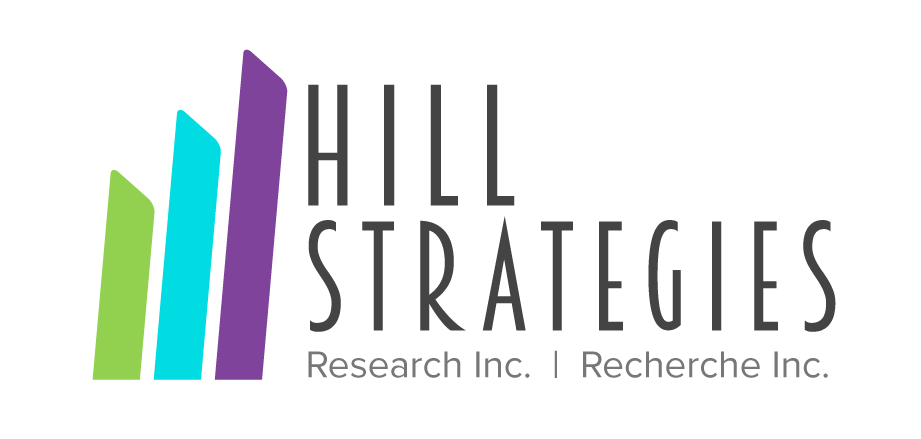Assessing the Intrinsic Impacts of a Live Performance
Issue
Arts attendance / Performing artsArticle Link
http://www.wolfbrown.com/index.php?page=books-and-reportsThis report “attempts to define and measure how audiences are transformed by a live performance”. Two different surveys were conducted by six presenters with 1,730 randomly-selected audience members at 19 music, dance and theatre performances. The researchers caution that “we must be careful… not to generalize about all performances from the limited set of 19 performances in our sample”.
A pre-performance survey examined attendees’ preparedness for the performance, while a post-show mail-in survey examined reactions to the performance. The report finds that “the expectation of an enjoyable experience is the single best predictor of a satisfying experience”. A number of different factors may contribute to a higher level of anticipation of the performance, including marketing methods and the ethnic or cultural alignment of the audience member and the artist. Attendees who have more contextual information can “benefit more from performances, at least in certain circumstances”.
Despite arguments to the contrary, the report finds that “intrinsic impacts can be measured”. Some of the potential intrinsic impacts examined in the report include “captivation, intellectual stimulation, emotional resonance, spiritual value, aesthetic growth and social bonding”.
Captivation – the degree of attendees’ absorption in the performance – is highly correlated with their satisfaction with a performance. The report notes that many audience members spoke of “‘getting lost in the performance’ or ‘going to another place'”.
Intellectual stimulation includes the degree of intellectual engagement with a performance, being challenged or provoked by what was seen, reflecting on one’s opinions or beliefs, and discussing the meaning and merits of the performance with others. “A large majority of respondents (87%) discussed the meaning or merits of the performance afterwards, although just 19% characterized their discussion as an ‘intense exchange'”.
Performances can elicit emotional responses ranging from joy to despair. The data in the report shows a connection between emotion and memory, leading the researchers to argue that the emotional resonance of performances can “yield intrinsic ‘benefit dividends’ through life”. Despite this, the researchers also argue that “the delicate alchemy of art, audience and situational factors that make possible a high degree of Emotional Resonance may, in fact, be too complicated to deconstruct in a research experiment”.
The researchers note that many participants “seek out transcendent experiences in a spiritual – but not necessarily religious – sense”. The aesthetic growth of attendees does not just occur from presenting new or unusual works of art, but may also occur from “attracting new or infrequent attendees to artists and repertoire that relatively unfamiliar to them“.
Performances provide opportunities for social bonding, which can lead to family cohesion, expanded social networks and enhanced empathy for others. “Presenters create Social Bonding when they expose audiences to new cultures, when they enable audiences to participate in their own cultural heritage and when audiences leave the performance with a widened perspective on social issues and a deeper understanding of human relations”.
For presenters, a shift towards “benefits-based programming” could be achieved by “drawing audiences into the experience (i.e., an engagement approach) through a combination of education, outreach, marketing and interactions with artists”. Recommended strategies include focussing more on pre-performance engagement, greater contextualization of performances, “further integration of educational objectives into core programming” as well as “marketing strategies that motivate and reward trial”.
The researchers argue that a greater regard for measuring intrinsic impacts could mean that “arts presenters will have better evidence of mission fulfillment, will be better able to communicate with each other about the impacts of touring programs, and will be better prepared to engage with artists and managers in a more objective discussion about outcomes”.




